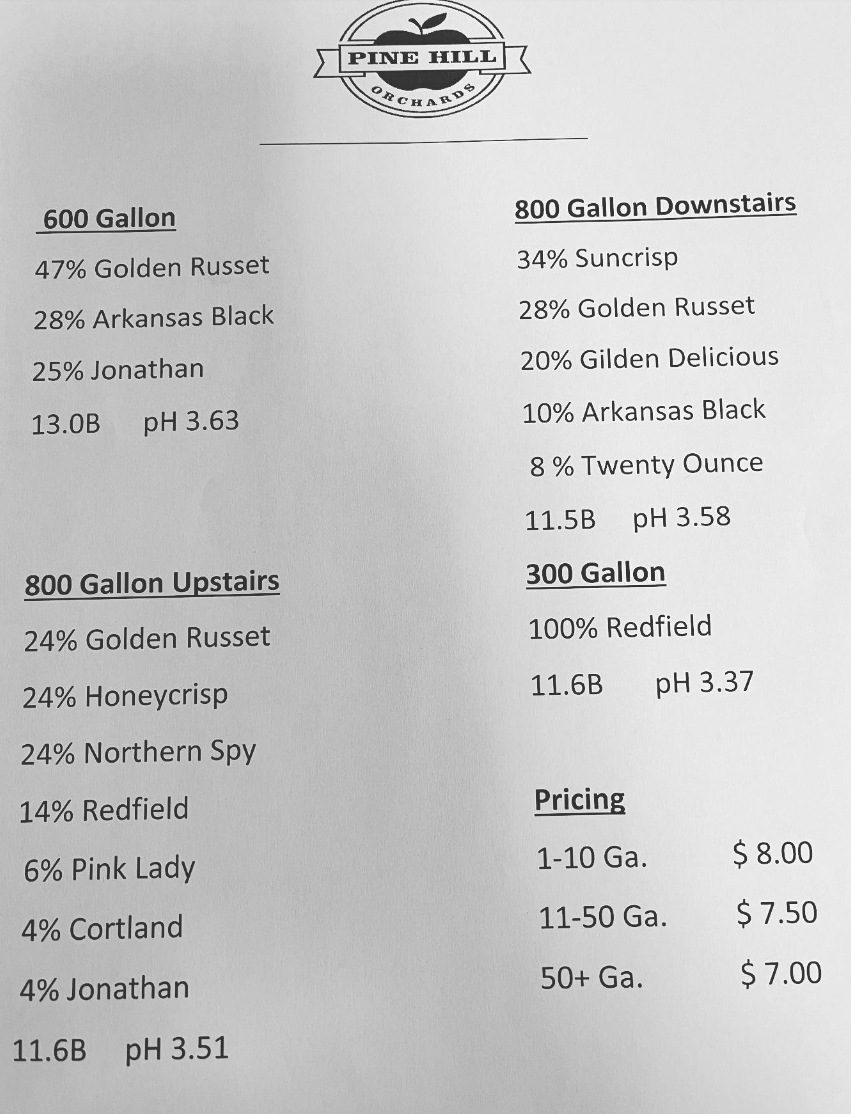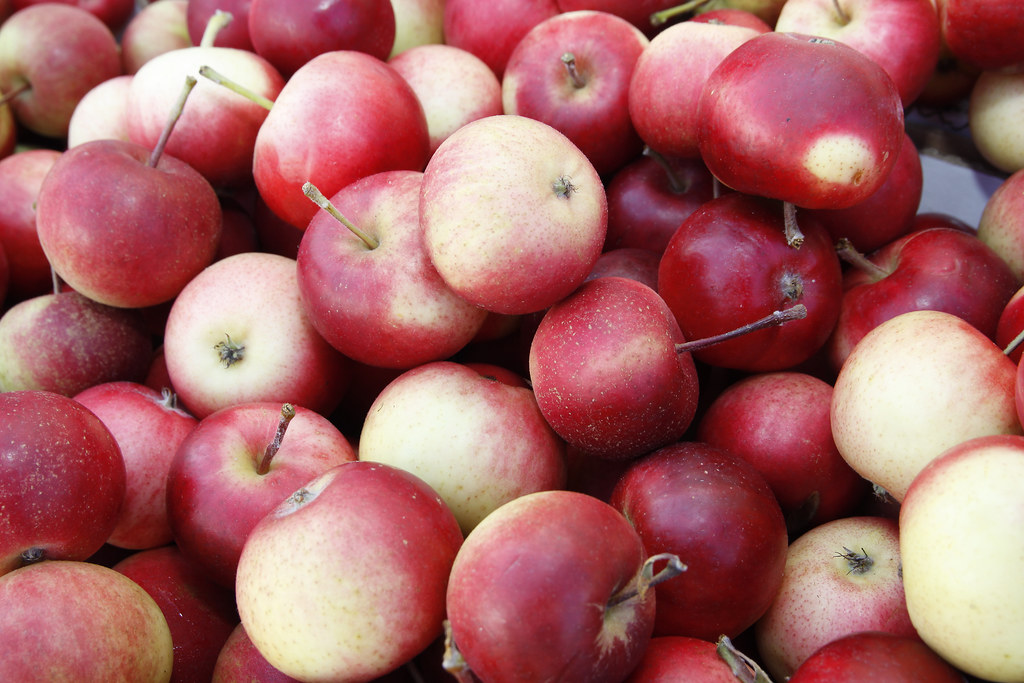fluketamer
Well-Known Member
- Joined
- Dec 1, 2008
- Messages
- 828
- Reaction score
- 971
growing up in the late 70's we had three types of apples.
red delicious
cortland
and macs
there were yellow apples which looked more like yellow macs then the "yellow delicious" availabel today, bu they tasted like yuck and were called baking apples and were used in pies.
then in 1980 or so the tart green granny smiths came along.
now we got so many apples its hard to choose.
it reminds of tv channels.
there was cbs , nbc, abc, pbs, and that was it.
red delicious
cortland
and macs
there were yellow apples which looked more like yellow macs then the "yellow delicious" availabel today, bu they tasted like yuck and were called baking apples and were used in pies.
then in 1980 or so the tart green granny smiths came along.
now we got so many apples its hard to choose.
it reminds of tv channels.
there was cbs , nbc, abc, pbs, and that was it.






